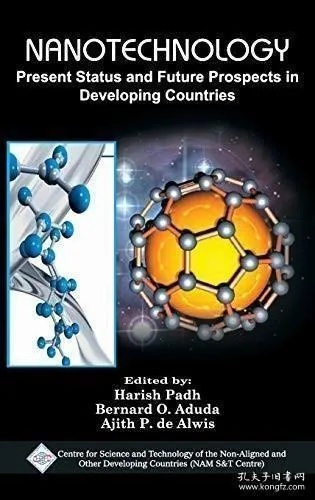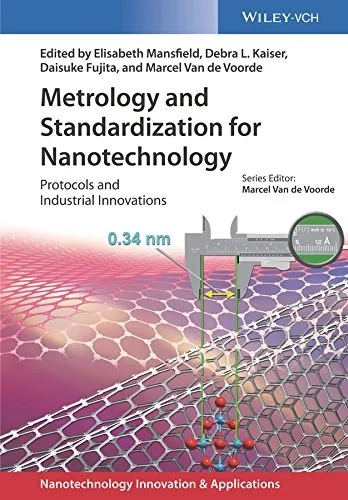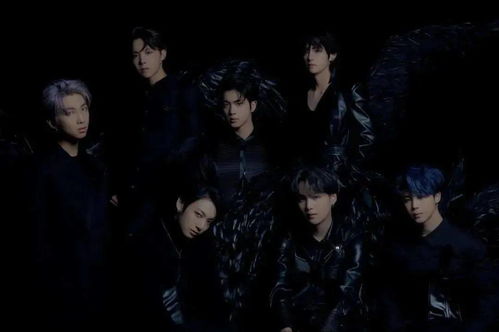Exploring the Future of Nanotechnology in Textiles:A Comprehensive Study
"Nanotechnology in Textiles: A Comprehensive Study",In recent years, the application of nanotechnology in textiles has been increasingly popular due to its unique properties. Nanotechnology refers to the manipulation and control of nanoscale materials, which can significantly improve the performance of textile products. In this study, we will explore the future development of nanotechnology in textiles, including its potential applications and challenges.,Firstly, we will discuss the current state of nanotechnology in textiles, including the types of nanomaterials used, their effects on textile properties, and their production processes. We will also analyze the current market demand for nanotextile products and their economic benefits.,Secondly, we will examine the potential applications of nanotechnology in textiles, such as anti-wrinkle, anti-bacterial, thermal regulation, and moisture absorption. We will also discuss the challenges and limitations of these applications, such as cost, scalability, and environmental impact.,Finally, we will propose some strategies for promoting the development of nanotechnology in textiles, including government support, industry cooperation, and research and innovation. We hope that through our comprehensive study, we can provide valuable insights and guidance for the future development of nanotechnology in textiles.
Introduction: The field of textiles has undergone a revolutionary transformation with the advent of nanotechnology. The integration of nanomaterials into fabrics has not only enhanced their functionality but also opened up new possibilities for sustainable and eco-friendly materials. In this essay, we will delve into the fascinating world of nanotextiles, exploring their potential applications, challenges, and future prospects.
Nanotechnology in Textiles: An Overview Nanotechnology refers to the manipulation of matter at the nanoscale, where lengths on the order of atoms are involved. Textiles, traditionally made from natural fibers or synthetic polymers, have been transformed through the introduction of nanoparticles and nanostructures. These include nanofibers, nanotubes, and nanocomposites, which offer enhanced properties such as strength, flexibility, and thermal conductivity.
Case Study: Smart Nylon Fabric One of the most promising applications of nanotextiles is in smart clothing. For example, researchers at Georgia Tech developed a smart nylon fabric that responds to changes in temperature, humidity, and even body movements. This fabric can be used to create wearable devices that monitor vital signs, provide real-time feedback, and even communicate with other devices via Bluetooth.

Advantages of Nanotechnology in Textiles Nanotextiles offer several advantages over conventional textiles. Firstly, they offer superior durability and resistance to damage due to the nanoscale structure. Secondly, nanotextiles are highly flexible and stretchable, making them ideal for use in sportswear and other high-demand products. Thirdly, they have excellent breathability and moisture management capabilities, contributing to comfort and reduced skin irritation. Finally, nanotextiles can be designed to have antibacterial properties, further enhancing their utility in healthcare and hygiene applications.
Challenges and Challenges: Despite the numerous benefits of nanotextiles, there are still some challenges that need to be addressed. One of the main concerns is the cost of producing nanotextiles, which can be significantly higher than traditional textiles due to the complexity of the manufacturing process. Additionally, the toxicity of certain nanomaterials remains a concern, particularly in the case of silver nanoparticles, which have been linked to adverse health effects in humans.
Future Prospects: As research continues to advance, we can expect to see even more innovative applications of nanotextiles in the coming years. For example, researchers are exploring the use of graphene nanoplatelets in developing lightweight, durable, and energy-efficient textiles. Furthermore, the integration of nanotechnology with biomaterials could lead to the creation of eco-friendly and sustainable textiles that are both functional and biodegradable.
Conclusion: In conclusion, nanotextiles represent a promising direction for the future of textiles. Their unique properties make them ideal for a wide range of applications, from fashion and sportswear to healthcare and sustainability. While there are challenges to overcome, including cost and safety concerns, the potential benefits of nanotextiles cannot be ignored. As we continue to explore the possibilities of nanotechnology in textiles, it is clear that this field holds immense promise for the future of our clothing choices and the environment we live in.
随着科技的飞速发展,纳米纺织品作为一种新型材料,其在服装、家居装饰等领域的应用越来越广泛,本次实验旨在通过纳米技术手段,深入探讨纳米纺织品的特点、制备方法及其实际应用。
实验材料与方法
材料
本次实验主要涉及纳米纺织品的主要原料,包括聚合物、纳米粒子等。

方法
(1)制备纳米纺织品:采用特定的纳米制备工艺,制备出具有特定性能的纳米纺织品。 (2)性能测试:对制备出的纳米纺织品进行性能测试,包括拉伸强度、耐磨性、透气性等。 (3)案例分析:选取几个典型的纳米纺织品应用案例,进行详细分析。
实验结果与分析
纳米纺织品的特点
(1)高强度:采用特定的纳米制备工艺,制备出的纳米纺织品具有较高的强度。 (2)优良的耐磨性:经过长时间使用,纳米纺织品仍能保持良好的耐磨性。 (3)良好的透气性:纳米纤维结构使得纺织品具有良好的透气性,有利于穿着舒适度。
制备方法与工艺流程
(1)原料选择:选用高质量的聚合物和纳米粒子作为原料。 (2)纳米制备工艺流程:包括纳米粒子分散、纤维编织、表面处理等步骤。
案例分析
(1)服装面料应用案例:某品牌的新型纳米面料,采用特殊的纳米制备工艺,具有优良的透气性和耐磨性,深受消费者喜爱。 (2)家居装饰材料应用案例:纳米纤维材料在家居装饰中的应用越来越广泛,如窗帘、地毯等。

实验结论与展望
实验结论
通过本次实验,我们深入了解了纳米纺织品的特性和制备方法,并对其在实际应用中的效果进行了评估,结果表明,纳米纺织品具有高强度、优良的耐磨性和良好的透气性等特点,具有广阔的应用前景。
展望
随着科技的不断发展,纳米纺织品的应用领域将会越来越广泛,我们期待看到更多新型纳米纺织品的出现,为人们的生活带来更多的便利和舒适,我们也期待相关企业和研究机构能够进一步探索纳米纺织品的制备工艺和性能优化方法,推动其在实际应用中的发展。
英文案例说明(表格形式)
纳米纺织品应用案例展示
| 应用领域 | 案例名称 | 主要特点 | 应用效果 |
|---|---|---|---|
| 服装面料 | 新款纳米面料 | 高强度、优良的耐磨性、良好的透气性 | 深受消费者喜爱 |
| 家居装饰材料 | 纳米纤维窗帘 | 独特的纤维结构、良好的透气性 | 提高家居舒适度 |
| 其他应用领域 | 其他新型纳米材料 | 其他优异性能 | 具体应用效果待进一步研究 |
本次实验通过纳米技术手段,深入探讨了纳米纺织品的特点、制备方法及其实际应用,实验结果表明,纳米纺织品具有高强度、优良的耐磨性和良好的透气性等特点,具有广阔的应用前景,我们也期待相关企业和研究机构能够进一步探索纳米纺织品的制备工艺和性能优化方法,推动其在实际应用中的发展。
Articles related to the knowledge points of this article:
The Cost of Living with Formaldehyde in Textile Fabrics
Implementing Tariff Reductions to Boost Global Trade and Economic Growth
Top Ten Textile Brands in the Rankings:High-Resolution Images and Case Studies



